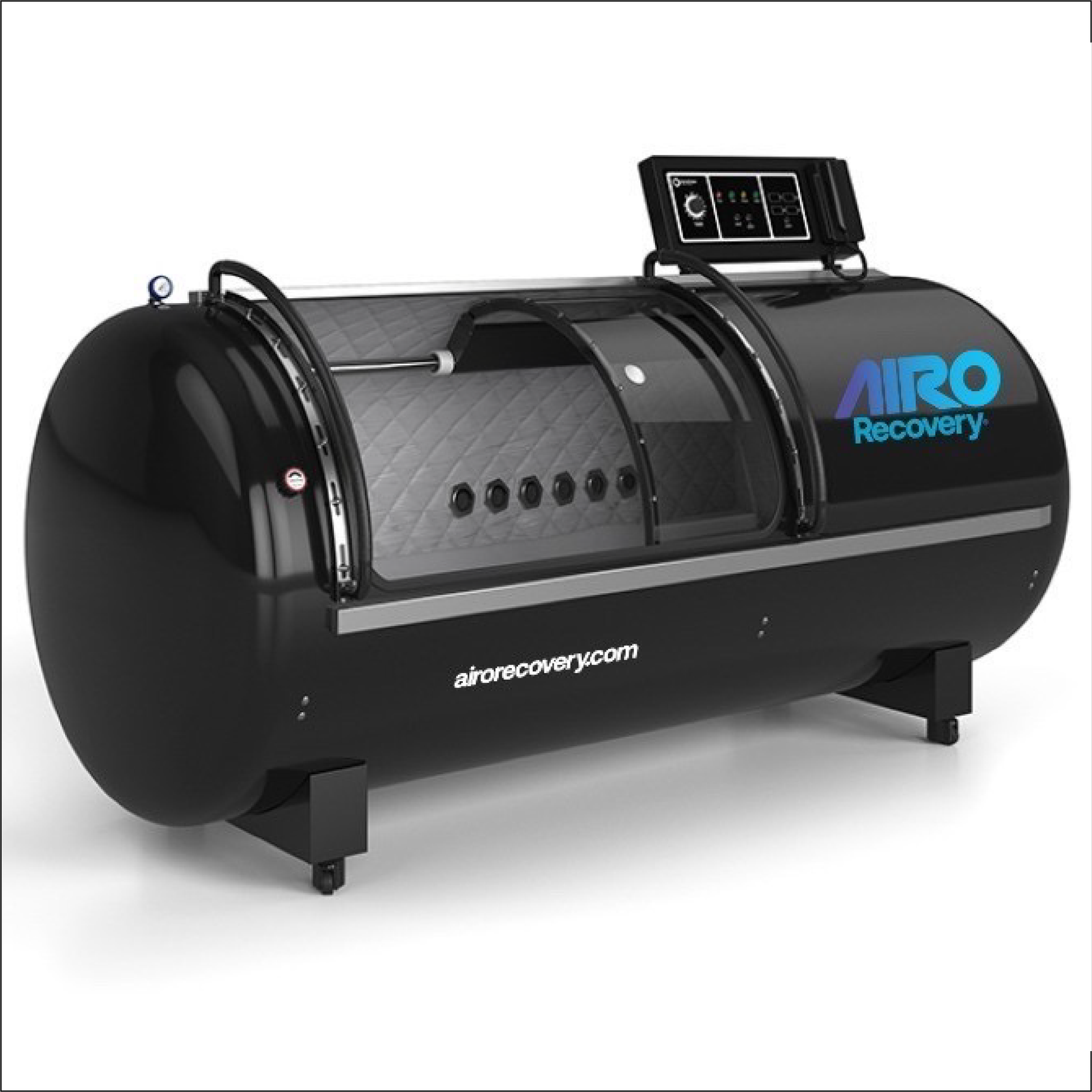Recent research suggests that mild Hyperbaric Oxygen Therapy may positively impact the immune system and promote respiratory wellness by increasing oxygen levels in the body.
Mild Hyperbaric Oxygen Therapy (mHBOT) is a treatment in which an individual breathes air or varying amounts ofoxygen while inside a pressurized chamber, with the pressure being anything above 1 atmosphere.

Adequate oxygen is crucial for immune cell function, and this therapy aims to provide a boost by delivering oxygen under increased pressure. White blood cells, a key component of the immune system, rely on sufficient oxygen to carry out their defense mechanisms. By exposing the body to higher levels of oxygen under mild pressure, proponents suggest that mHBOT may support immune responses, potentially helping the body combat viral infections like the common cold and flu.
Here is a brief overview of how oxygen impacts immune responses:
- Energy Production
Immune cells, especially white blood cells, require energy to carry out their protective functions. Oxygen is vital for cellular respiration, a process that produces energy in the form of adenosine triphosphate (ATP). Sufficient oxygen availability ensures that immune cells have the energy needed to carry out their activities effectively.
- Reactive Oxygen Species (ROS)
While oxygen is essential for energy production, it can also give rise to reactive oxygen species (ROS) during cellular processes. Controlled levels of ROS act as signaling molecules that regulate immune responses. They play a role in initiating defense mechanisms against pathogens.
- Phagocytosis
Oxygen is essential for the process of phagocytosis, where immune cells engulf and digest foreign particles, such as bacteria and viruses. This process is crucial for removing pathogens from the body. Oxygen availability influences the efficiency of phagocytic cells in recognizing and destroying invading microorganisms.
- Oxygen and Inflammation
Oxygen levels can influence the inflammatory response. Adequate oxygen supports the production of cytokines, which are signaling molecules that regulate immune reactions. Balanced oxygen levels contribute to a controlled and appropriate inflammatory response, essential for fighting infections.
- Tissue Repair and Regeneration
Oxygen is necessary for tissue repair and regeneration. After the immune system successfully combats an infection, oxygen supports the healing process by promoting the repair of damaged tissues.
Research on mild Hyperbaric Oxygen Therapy (mHBOT) and its potential role in cold and flu prevention is still evolving, and findings are not yet conclusive. However, some studies have explored the impact of increased oxygen levels on the immune system, which may indirectly contribute to better defense against respiratory infections.
Individuals with respiratory issues, such as chronic obstructive pulmonary disease (COPD) or asthma, may also find relief through increased oxygen availability. Because mHBOT is considered a safe and well-tolerated procedure, it is an attractive option for those seeking alternative approaches to support their health.
It is important to note, that while there is some preliminary evidence suggesting positive effects, more robust and large-scale clinical trials are needed to establish the effectiveness of mHBOT, specifically in preventing colds and flu. The existing research often involves small sample sizes and varying methodologies, making it challenging to draw definitive conclusions.
In summary, while there is emerging research on the potential immune-boosting effects of mild Hyperbaric Oxygen Therapy, more studies are needed to fully understand the nuances and potential therapeutic applications. As with any health-related intervention, it is advisable to stay informed, consult with healthcare professionals, and make decisions based on comprehensive and up-to-date information.








